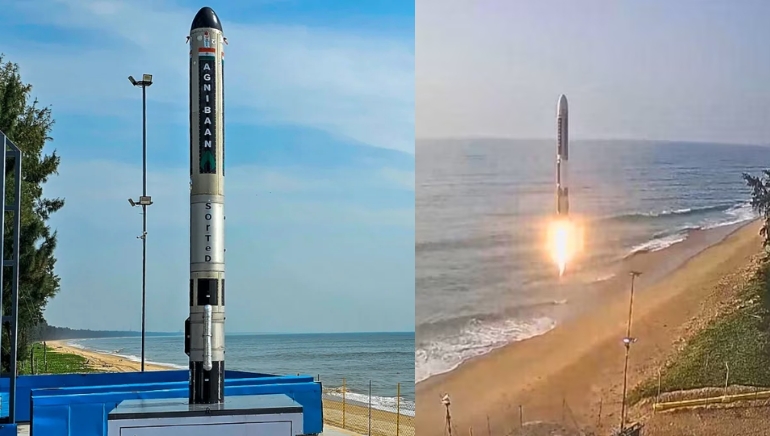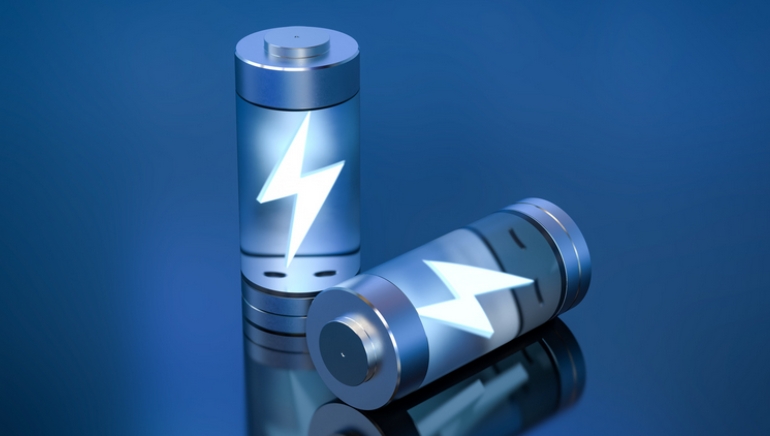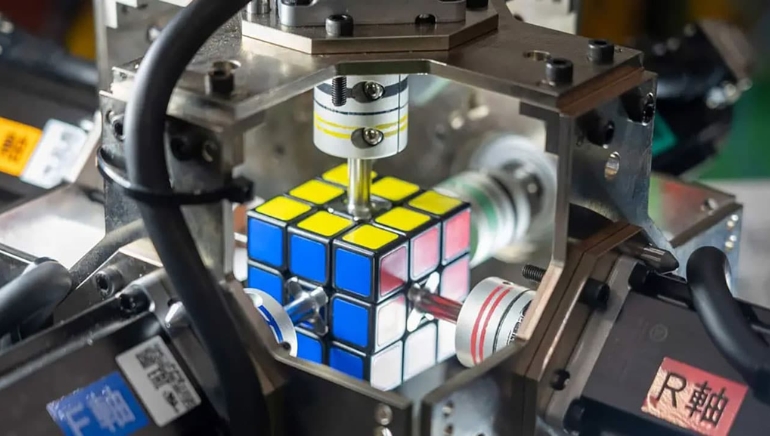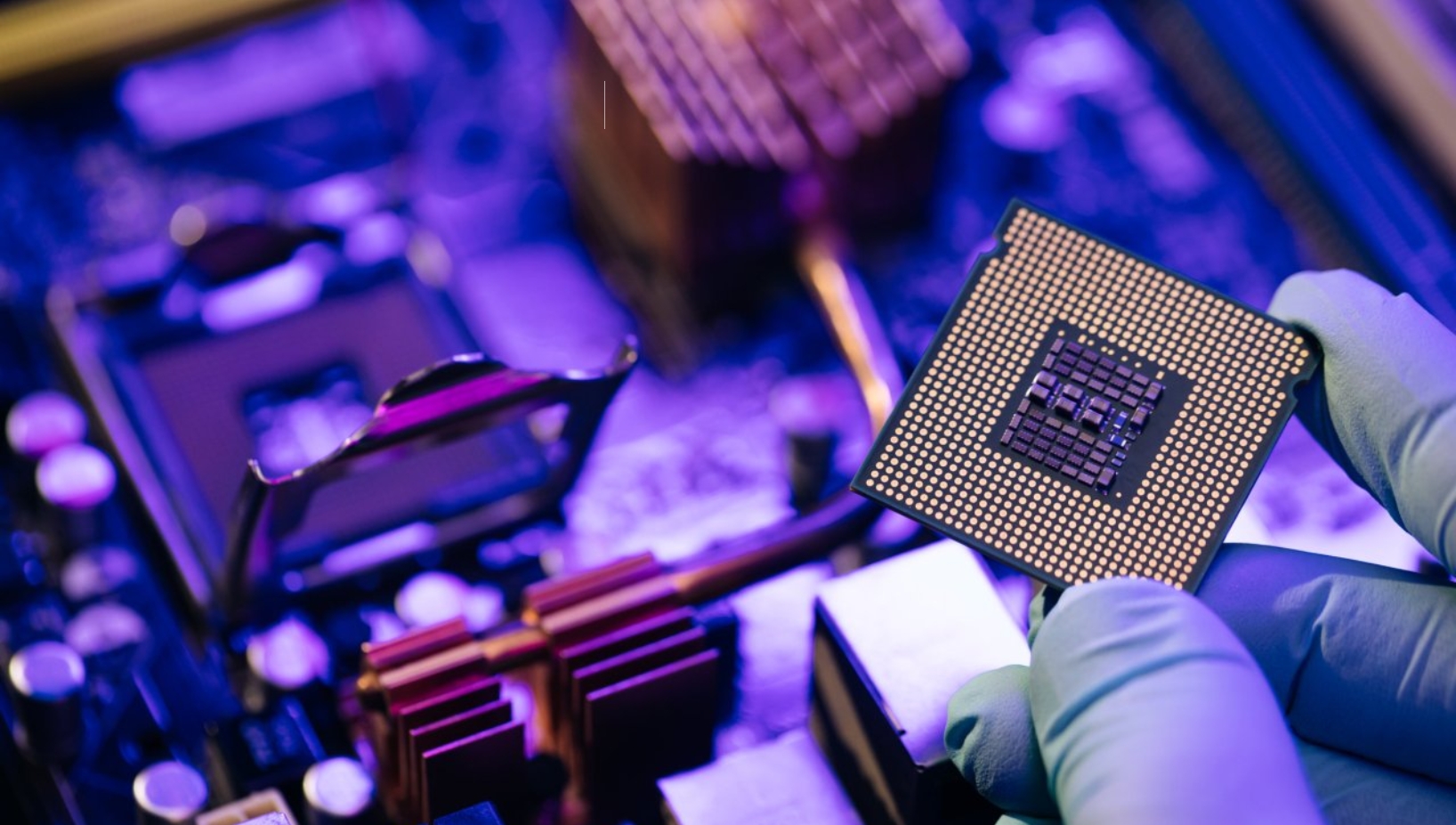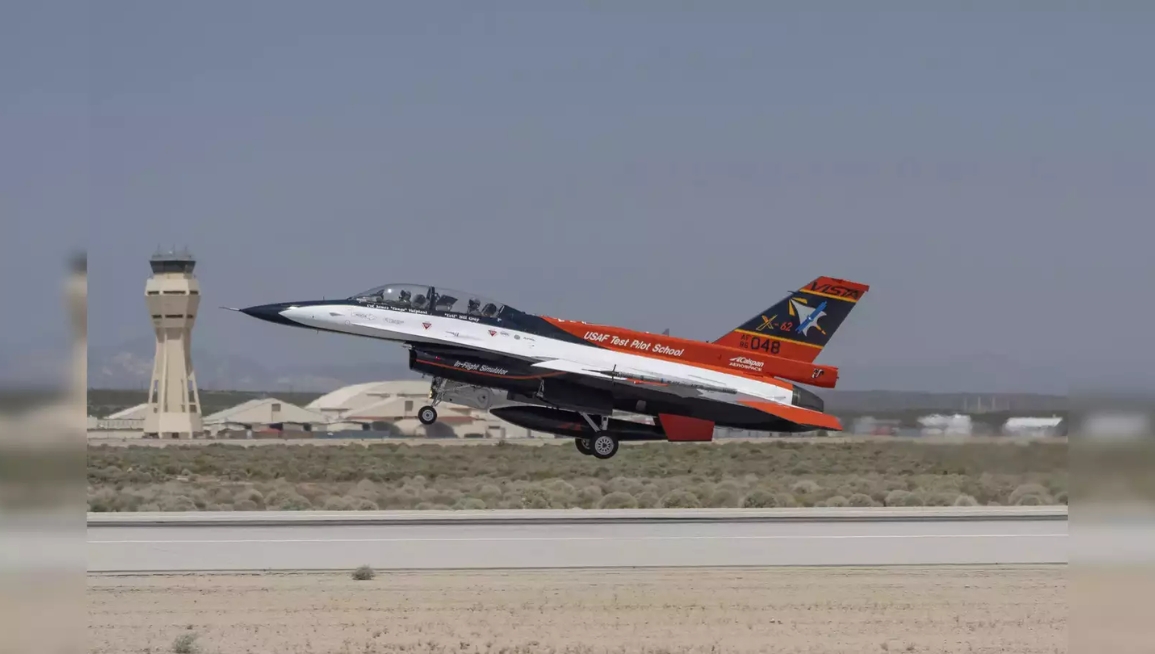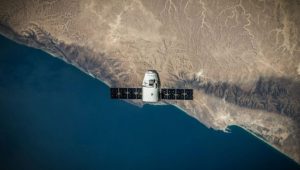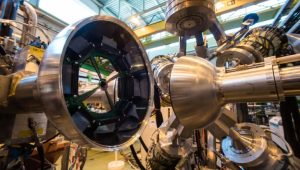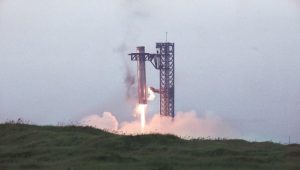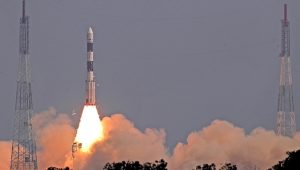Agnikul Cosmos, an IIT Madras-incubated firm, has launched the world’s first rocket powered by a single 3D-printed engine. On Wednesday, the launch took place at 7:15 a.m. from Sriharikota.
The Agnibaan-SOrTeD (sub-orbital technology demonstrator) was launched from Dhanush, India’s first private launchpad founded by the firm. The mission’s goal is to collect critical flight data and guarantee that systems for the startup’s orbital launch vehicle, Agnibaan, operate optimally. Agnibaan employed India’s first semi-cryogenic engine, which combines liquid and gas propellants, providing advantages such as increased payload capacity, lower launch costs, and improved reliability.
ISRO is building a similar engine, the SCE-200, for the GSLV Mk III rocket. A Rajarajan, the director of Satish Dhawan Space Centre, and ISRO chairman S Somanath all witnessed the Agnibaan launch. Somanath emphasised the mission’s numerous firsts, including the 3D-printed engine and flight control technologies.
Agnikul Cosmos is creating customised, low-cost launch vehicles. 45 former ISRO scientists are in charge of the startup’s team of over 200 engineers, which is associated with IIT Madras’ National Centre for Combustion Research and Development. CEO Srinath Ravichandran revealed plans to launch an orbital mission by the end of the fiscal year, with customer trips beginning in 2025.





